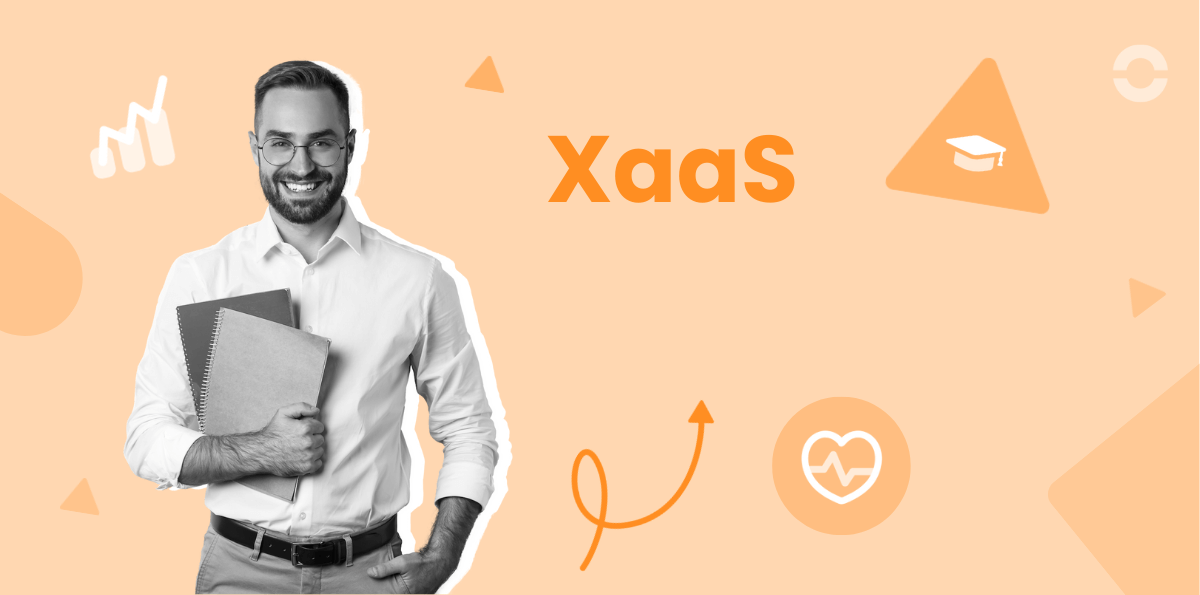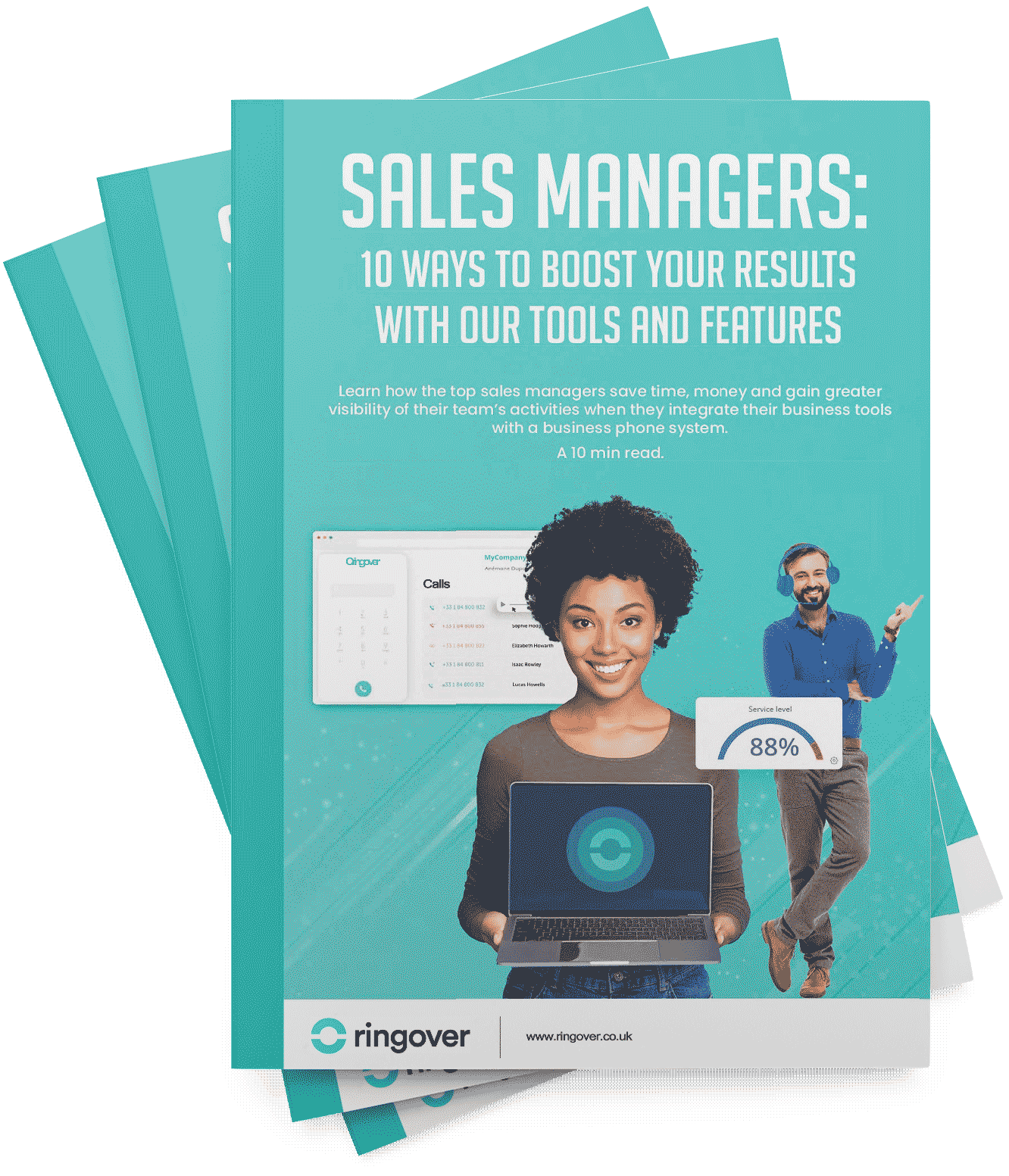Summary
XaaS… What exactly is it? Pronounced “zass”, this is a concept that is regularly mixed up with SaaS and which means “*X* as a Service”, the “X” standing for “Everything or Anything”.
So, what exactly are they and how are they defined? What are the advantages and disadvantages? Can it be easily implemented? We'll answer all of these questions in this article but, first of all, let's put a more specific definition down for this concept.
Definition: What is XaaS?
The term XaaS is an acronym for “Everything/Anything as a Service”. It's a concept which groups together all categories of cloud computing technologies and services.
This concept also covers the notion that any IT function can be seen to be a service for businesses; notwithstanding with the specificity that the consumption models associated with it are flexible.
This flexibility is generally characterized by the service on demand and a high degree of personalization of offers in relation to “traditional” offers.
Let's take a look at the history of XaaS
To trace back to the roots of XaaS, we need to go all the way back to the 2000s and the dawn of the cloud computing era.
It was at this time that businesses began to digitalize their infrastructure. This digitalization enabled them to boost flexibility whilst considerably reducing costs.
It's within this context that the concept of SaaS (Software as a Service) came to be. It stands testament to companies' desire to use applications that are hosted in the cloud, rather than software which tends to be heavy and installed locally.
Following on from SaaS, new terms were coined, such as PaaS (Platform as a Service) and IaaS (Infrastructure as a Service). It wasn't until the 2010 decade that the term XaaS emerged, referred to the growing trend of shifting everything over to the cloud.
The different types of XaaS - Examples and case studies
As we explained above, the term XaaS is used to cover all “as-a-service” solutions. Here are a few concrete examples of its use:
- SaaS (Software as a Service): Salesforce, the Customer Relations Management platform is an SaaS solution
- PaaS (Platform as a Service): Microsoft Azure App Service and AWS Elastic Beanstalk are great examples of platforms designed for the development, deployment, and management of web applications.
- CCaaS (Contact Center as a Service): This term refers to solutions for contact centers that are 100% hosted on the cloud. This is the case for Ringover.
- IaaS (Infrastructure as a Service): Google Compute Engine is an IaaS service developed by Mountain View. It features flexible and customizable virtual servers that can be tailored to specific needs.
- DBaaS (Database as a Service): Oracle offers a 100% automated database through which businesses can develop and deploy application workloads.
- NaaS (Network as a Service): This is a mode in which businesses can subscribe to network service offers from suppliers such as Cisco with Meraki, for example.
What are the advantages of XaaS?
Each type of XaaS enables users to access specific advantages. For example, a CCaaS enables a contact center to boost agent productivity and facilitates the implementation of an omni-channel client experience.
Nevertheless, there are some common benefits offered by all XaaS:
Reduced costs
One of the main advantages of XaaS is the budget savings that they allow businesses to make, whether it be in terms of investments, maintenance, or human resources.
There are swings and roundabouts, as costs are incurred both in the operational and investment aspects, but these costs are also lower for businesses.
Flexibility
The second advantage that we need to highlight is the flexibility offered by XaaS. Cloud services allow for easy adaptations to be made, whether they're in response to a team's workload, sector trends, or market developments, etc.
For example, if a growing business knows that it's going to have to recruit new talents to reinforce its sales teams to achieve its goals, it can increase the number of licenses for its prospecting tool in just a few clicks in the dashboard of its supplier's solution.
Scalability
With great flexibility comes great scalability. With XaaS, companies instantly become more scalable. This scalability is also down to the fact that, overall, tools can be quickly developed thanks to the new technologies driving them.
XaaS enable businesses to evolve at the same pace as these technologies, quickly reacting to emerging trends. This has been the case globally observed with the democratization of Artificial Intelligence, which is working its way into existing tools.
Mobility
The final key advantage offered by all XaaS is, of course, their capacity to be available and accessible anytime and anywhere.
The cloud overcomes tool and service availability barriers, thus bypassing the need for heavy hardware infrastructure in business' premises.
All you need is an internet connection and a terminal that's compatible with the XaaS solution in question.
With Ringover, you can access your phone system via your smartphone, tablet, or computer, no matter where you are in the world, as long as there's internet access.
What are the disadvantages and risks of XaaS?
Of course, XaaS do have their down sides, of varying impact according to the complexity of the project and the technologies used. So, you'll need to take these factors into account. Here are a few examples:
A certain level of dependency on the provider
When it's a project outsourcing an infrastructure to the cloud, in part or in whole, this creates a certain dependency on the service provider.
In other words, responsibility for at least some part of the business will essentially be passed onto the supplier and its capacity to offer a reliable and high-quality service. So, you need to make sure that you choose a high-quality service provider and that you have a back-up solution planned just in case any issues arise.
Data security
When you're using cloud-based solutions that are hosted by a third party, the question of data security naturally crops up.
The supplier may also go through a service provider for the hosting of its solution or client data. As a result, it's essential to make sure that everyone is respecting the applicable data protection regulations.
Hidden costs
While the cloud does reduce costs, it can also come with hidden costs, so you need to ensure that you clear up exactly what you'll need to pay with the service provider before signing the contract. Some of these costs that we're thinking of are:
- Customization costs
- Termination costs
- User training costs
- Integration into business tools
So, we highly recommend assessing each solution based on your company's current and future needs, in order to reduce or anticipate these costs as best as possible.
The key facts to remember about XaaS
XaaS, or "Anything as a Service", is revolutionizing the way in which businesses are consuming and creating services. For businesses, XaaS offer an adaptive model with some great advantages, such as flexibility, scalability, access to cutting-edge technologies, and budget-saving options.
Over the years, and as technology has progressed, different types of XaaS have been developed, to the stage where they're now standard for some sectors. SaaS and PaaS are great examples, where you can see the dependency of businesses in tech sectors on these solutions.
Although it's extremely practical and powerful, XaaS does come with some down sides, such as dependency on the supplier, hidden costs, and security issues that must be systematically assessed and resolved, as they're certainly not issues that can be ignored or underestimated.
Are you looking for an XaaS solution to boost your teams' productivity? Check out Ringover's different products and services for business telephony, sales prospecting, and AI-driven conversational analysis. Trial versions and demos are just a click away! There are no traps here - trials and demos are free, we won't ask for any bank details.
XaaS FAQ
What does XaaS mean?
XaaS is the abbreviation for “Everything/Anything as a Service". It's a concept which groups together all categories of cloud computing technologies and services. XaaS enables businesses to access customized services with flexible consumer models that can be easier on the budget.
How does XaaS work?
XaaS' operation is entirely cloud-based. All of the services and features offered are thus digitalized, meaning that businesses require little more than a simple internet connection to access them. With XaaS, businesses can get flexibility in how they use these services, and in how they pay for them.
What are the main XaaS?
There are several types of XaaS. The main ones are:
- SaaS (Software as a Service)
- PaaS (Platform as a Service),
- IaaS (Infrastructure as a Service).
What's the difference between PaaS, IaaS, and SaaS?
PaaS, IaaS, and SaaS are all XaaS, but they have their specific features:
- SaaS is a model through which software applications hosted on the cloud are provided.
- PaaS is a type of XaaS service that allows for a comprehensive platform to be offered, catering to application development, management, and deployment requirements.
- As for IaaS, it's a service model enabling a comprehensive infrastructure to be offered, complete with servers, networks, storage, etc.



